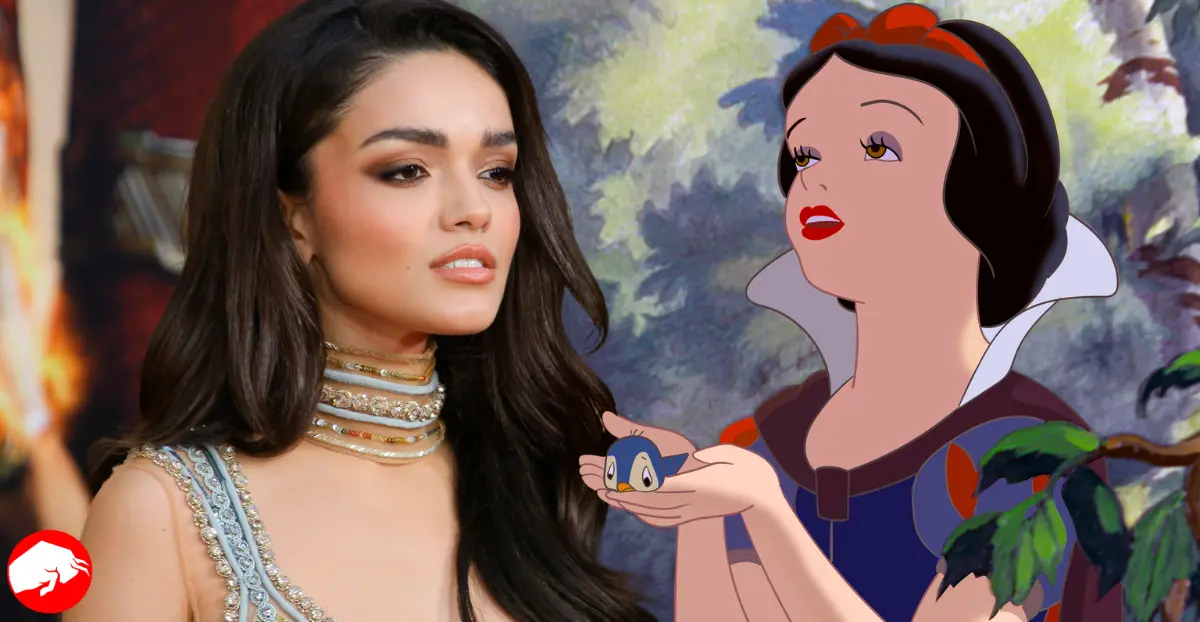Snow White in Modern Light: Too ‘Woke’ for Comfort?
The initial spark that lit the flame of controversy was set off when exclusive behind-the-scenes photos from Disney’s much-anticipated live-action adaptation of the timeless classic, Snow White, found their way onto the internet. This unexpected leak created a tidal wave of reactions across the vast digital landscape, from Twitter feeds to Reddit threads.
In these photos, viewers were taken aback to discover that the traditional image of Snow White, the rosy-cheeked damsel known and loved by generations, appeared significantly revamped. The images brought to light a unique tableau that defied preconceived expectations.
Instead of the iconic seven diminutive, pickaxe-wielding men, diverse actors filled the screen. These individuals represented a broad spectrum of genders, ethnicities, and heights, a reflection of the world’s rich tapestry of human diversity.
The sudden revelation, however, did not sit well with everyone. It acted as a catalyst, igniting a firestorm of criticism that swept across social media platforms and online discussion forums. The loudest detractors emerged from the conservative ranks, who perceived this updated rendition as an unnecessary concession to political correctness principles, diluting the original tale’s essence.
The entertainment giant found itself in the hot seat in the face of this swift and vocal backlash. The whirlwind of controversy forced Disney into a reactive position, compelling them to formulate an appropriate response to address the hunger, placate disgruntled fans, and clarify their creative intentions for this beloved classic.
The Debate: An Exclusive or a Political Statement?
The revered UK-based publication, the Daily Mail, was the first to burst onto the scene with the story. Known for its head-turning headlines, it seized the opportunity to make a bold statement that captured the attention of readers worldwide.
With a headline that practically roared, “EXCLUSIVE: Snow White and the Seven … Politically-Correct Companions?” the newspaper suggested that Disney was succumbing to the pressures of modern sensibilities, veering away from its classic fairy tale roots.
EXCLUSIVE Snow White and the Seven… Politically-Correct Companions? https://t.co/gOantUJDEQ pic.twitter.com/Gn8NpFIEKP
— Daily Mail US (@DailyMail) July 14, 2023
This characterization of Disney’s creative choice fueled a fascinating, if divisive, narrative. Framed as surrendering to progressive ideals, the story painted a picture of an entertainment juggernaut potentially compromising its traditional storytelling ethos to align with the so-called ‘woke’ culture. This term is frequently used to describe an increased sensitivity to social issues and injustices, particularly race, gender, and sexual orientation.
This explosive narrative rapidly gained momentum by displaying the power and speed of modern digital communication. Like a pinball, it ricocheted around the vast expanse of the internet, bouncing from one social media platform to another, gathering steam with each click and share.
However, as the story spread, it ignited a substantial backlash, especially among conservative circles. They viewed this shift in portrayal as a departure from the beloved tale they grew up with. For them, the ‘woke’ facelift seemed to be more of a disfigurement than a well-intended update, eroding the charm and innocence of the original narrative.
The wave of discontent voiced by these critics added yet another layer to the unfolding saga surrounding Disney’s modernized retelling of Snow White.
Disney’s Backpedal: Are the Photos Legitimate?
As the uproar continued to amplify, reverberating across the virtual world, Disney plunged into the storm’s eye. The entertainment behemoth was forced to confront the situation head-on to quell the growing tumult.
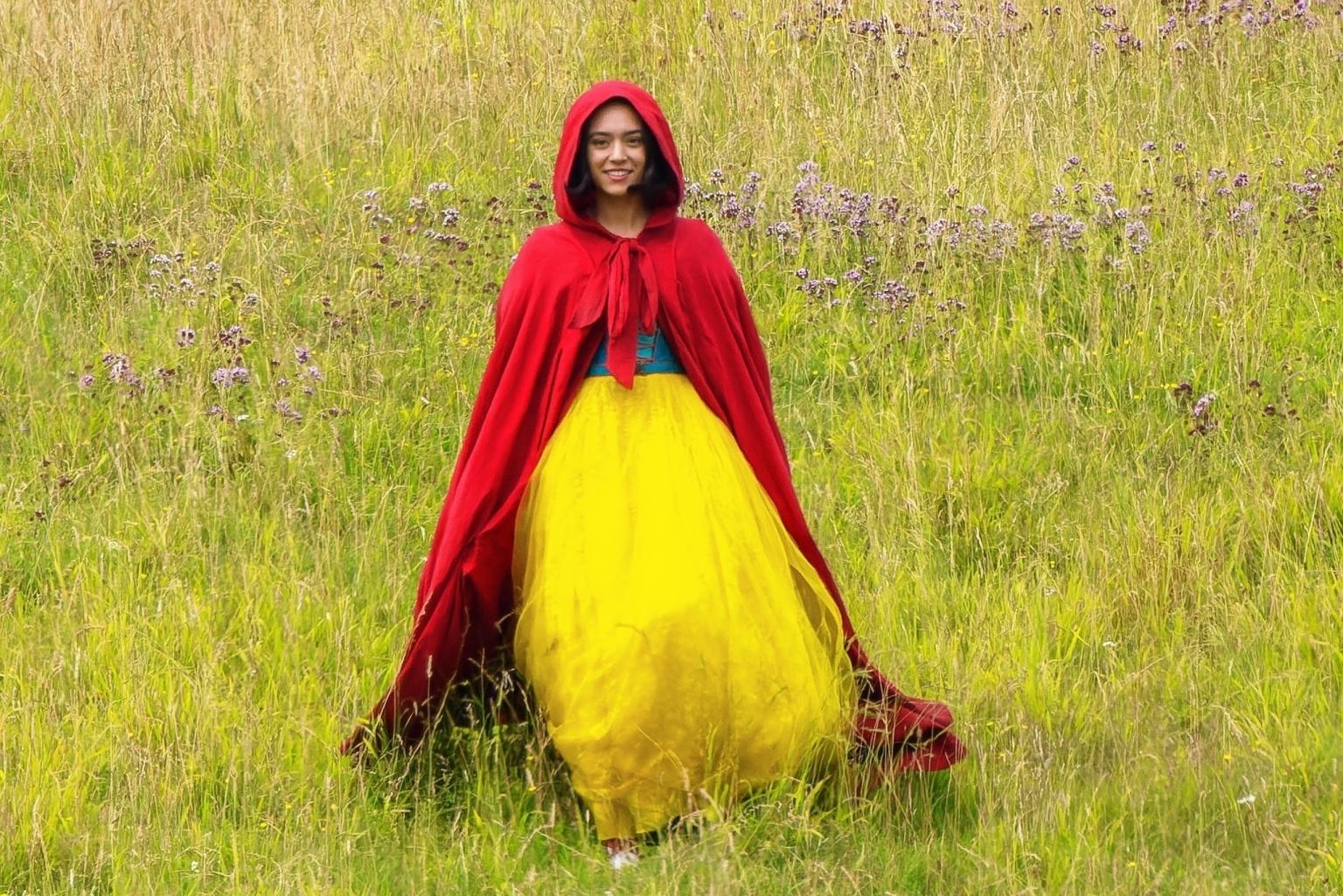
Initially, Disney’s stance was denial, vehemently refuting the authenticity of the controversial photos spreading like wildfire across the digital landscape.
In a move aimed at setting the record straight, a spokesperson from the House of Mouse stepped forward to address the issue. In an official statement provided to the reputable news outlet, the Daily Beast, the representative categorically dismissed the images as fabrications.
According to their claim, the photos were deemed “fake and not from our production,” implying a breach of Disney’s renowned secrecy regarding ongoing projects.
However, the narrative soon took a dramatic turn in a surprising twist worthy of a cinematic plot. The initial claim, robust and unequivocal, began to waver under the unrelenting pressure of the controversy. In an about-face move, Disney conceded that the leaked photos were genuine.
They acknowledged that the images were captured on the set of their live-action adaptation of Snow White, albeit with a caveat.
Although the photos were recognized as authentic, Disney stressed that they were not “official” images. This distinction underscores Disney’s position that the leaked pictures were not sanctioned or released by the company, nor did they necessarily reflect the final design or intent of the production. This backtrack added another layer of intrigue to the unfolding drama surrounding the reimagined Snow White adaptation.
The Misidentification: Zegler and Burnap’s Stand-Ins
Just when it seemed the controversy might start to simmer down, the saga took another unexpected twist. The Daily Mail, the same news outlet that initially unearthed the exclusive photographs, added fuel to the already raging fire.
In their report, they made a striking claim, purporting that the actors pictured in the leaked images were none other than Rachel Zegler and Andrew Burnap, both illustrious names who had been officially announced as part of the star-studded cast for the Snow White adaptation.
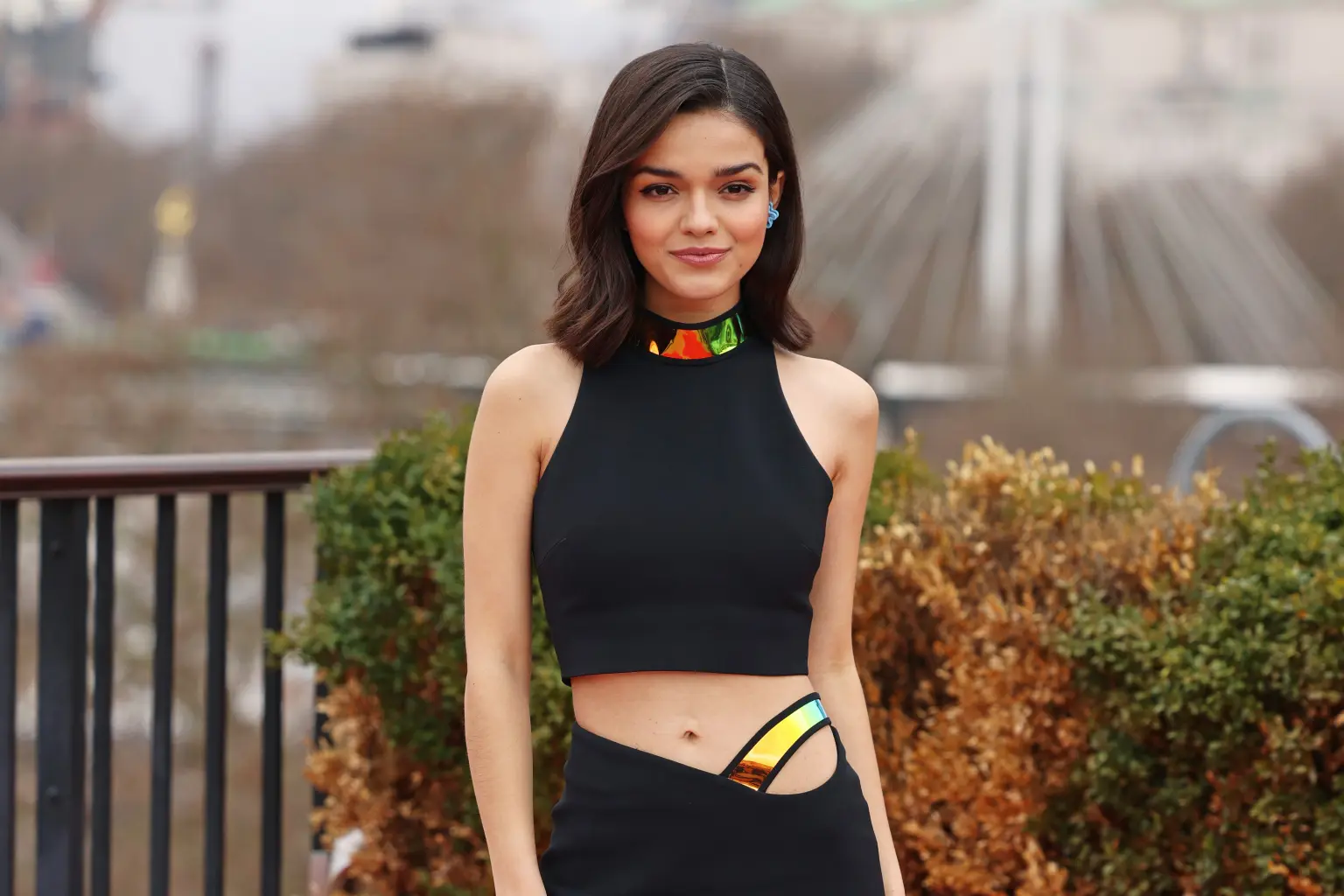
Ziegler, known for her breakthrough performance in Steven Spielberg’s reimagining of West Side Story, and Burnap, recognized for his role in the Tony Award-winning play The Inheritance, were suggested to be the ones directly implicated in the image scandal.
This information added a new degree of intrigue and fascination to the narrative, given their reputations and the anticipation surrounding their roles in the film.
However, a different picture emerged as the dust settled and facts were cross-checked. In a twist of events, it was revealed that the individuals captured in the contentious photographs were not Zegler and Burnap.
Instead, they were discovered to be stand-ins — actors who physically resemble the main actors and are used during the preliminary stages of production to set up camera angles and lighting.
Adding to the constellation of stars set to dazzle in this adaptation is Gal Gadot, best known for her role as the fearless Wonder Woman. Gadot is poised to infuse a hearty dose of villainy into the narrative, taking on the role of the vicious Evil Queen.
Her inclusion further elevates anticipation for this retelling, promising a dynamic and dramatic confrontation between Snow White and her wicked stepmother.
An Unsettling Change: Conservative Backlash and Beyond
As the dramatic tale continued to weave its intricate web across the vast expanse of the digital universe, a specific demographic took center stage to make their voices heard. The conservative faction of the audience, steeped in tradition and nostalgia, found themselves staunchly opposed to Disney’s proposed revamp of its seminal princess narrative.
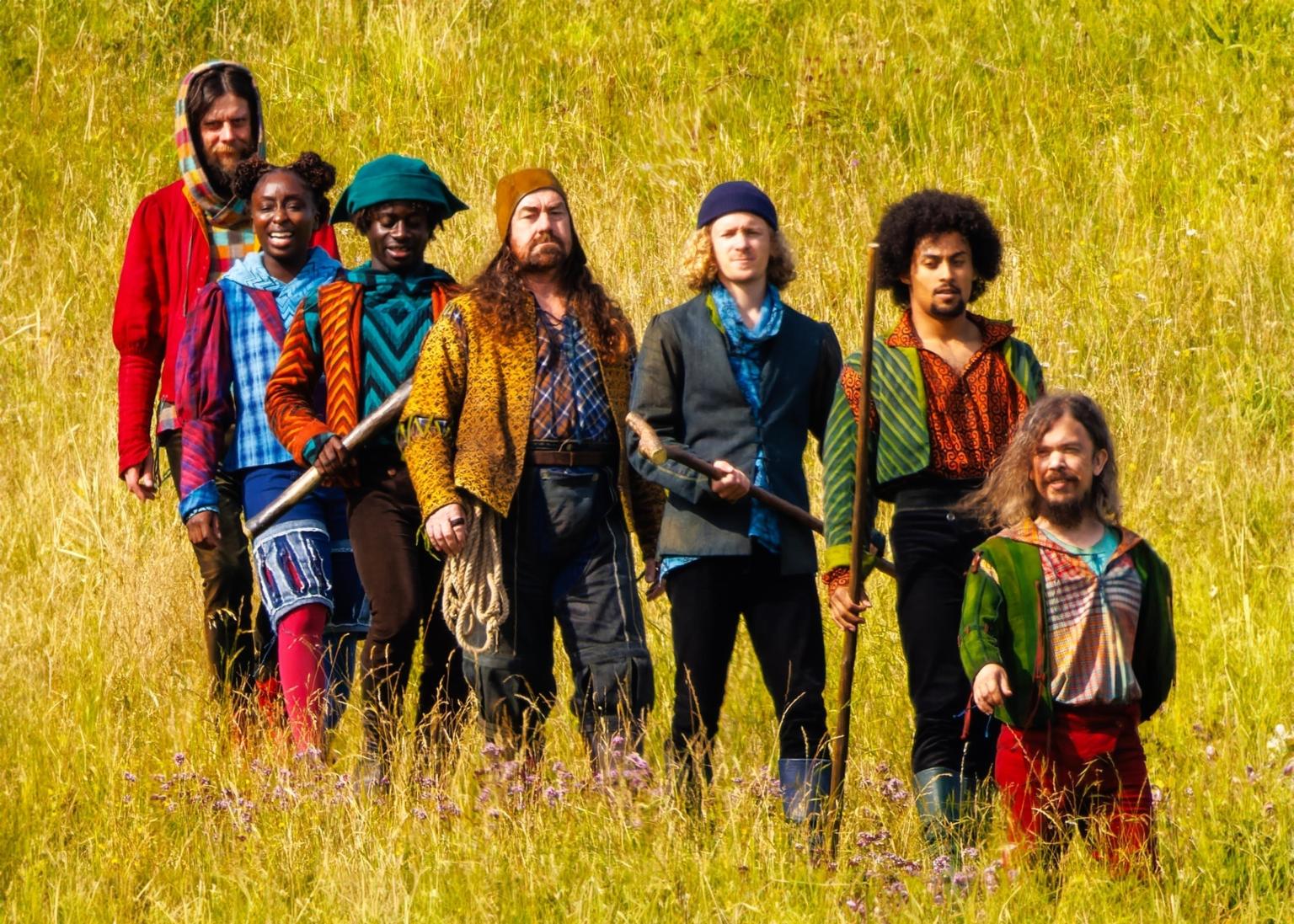
Their passionate outcry reflected a deep-seated sentiment that cherished the familiarity of the original story.
The controversial shift in portraying Snow White’s sidekicks was at the heart of their vehement protest. The idea of replacing the iconic seven dwarves — characters as familiar to audiences as Snow White herself — with a more diverse group of companions was met with a barrage of criticism.
For these critics, the proposed update felt less like an enhancement and more like an unnecessary diversion from a time-honored narrative.
From their perspective, Disney’s shift seemed to lean heavily into the domain of progressivism, embracing a modern ideology that championed inclusivity and representation. While such principles are undeniably crucial in today’s rapidly evolving cultural landscape, the conservative camp argued that applying these ideals to the 1937 classic felt forced.
They perceived it as an attempt to retrofit the beloved fairy tale with a contemporary agenda, risking the loss of its original charm and simplicity.
Disney’s Defense: Navigating Stereotypes and Cultural Sensitivities
Disney’s ambitious endeavor to breathe new life into one of its most cherished classics has proven to be a rocky journey fraught with contentious debates and vigorous criticism. As the entertainment titan navigates the choppy waters of modern storytelling, it finds itself in the throes of controversy, which has caused repercussions far beyond its enchanted kingdom.
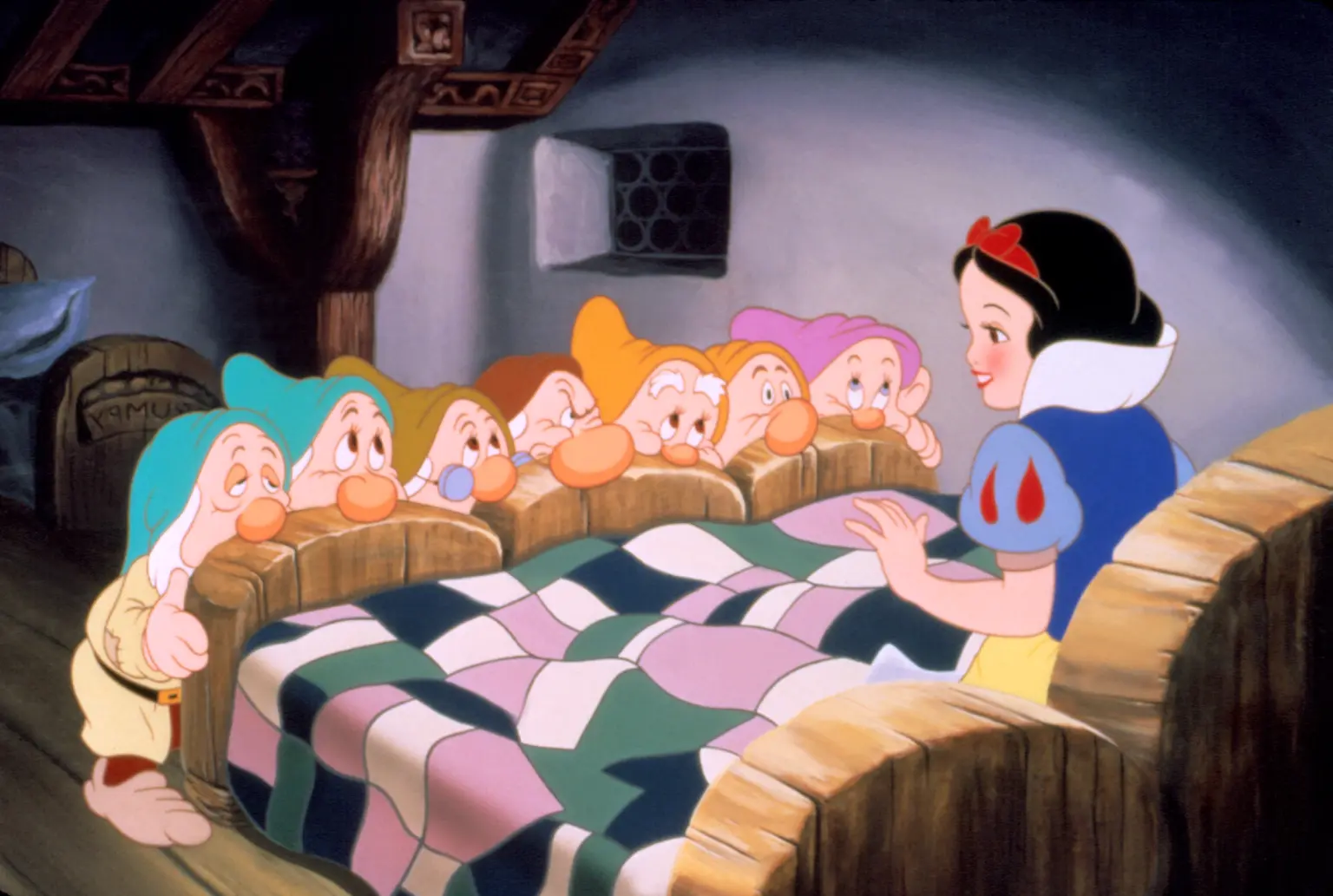
The genesis of this dispute dates back to last year when Disney first unveiled their visionary plans to reimagine the princess’s seven companions. The proposed alteration, a significant departure from the tried-and-true trope of seven dwarves, was met with criticism.
Traditionalists, purists, and even casual fans balked at such a radical overhaul of these endearing characters, viewing it as a reckless disregard for the original narrative.
Disney, however, was not oblivious to the sensitive nature of this proposed modification. To proactively mitigate the backlash and demonstrate their commitment to thoughtful storytelling, they clarified that their creative process was rooted in careful consideration and extensive consultation. More specifically, they were engaging in meaningful dialogue with members of the dwarfism community.
The decision to collaborate with this community was a strategic move to avoid inadvertently reinforcing stereotypes, a potential pitfall that Disney was keen to circumvent. The 1937 film, while an iconic piece of cinema, undeniably contained portrayals that, when viewed through a modern lens, could be seen as perpetuating harmful stereotypes.
These stereotypes, baked into the narrative like hidden ingredients in Snow White’s apple pie, were something Disney intended to address in their updated retelling.
This move underscored Disney’s commitment to balance preserving the magic of their timeless fairy tales and ensuring they evolve in a manner that respects the complexities of today’s diverse and socially-conscious audience. It’s a delicate tightrope to walk, thrusting Disney into the spotlight, making its modernization efforts an ongoing and captivating narrative.
A Futile Compromise: Magical Creatures to Replace the Seven Dwarves?
To balance modern sensibilities with respect for tradition, Disney suggested a transformation of the seven dwarves into “magical creatures” through cutting-edge CGI. This proposed compromise, however, proved unsatisfactory for all parties involved, leaving Disney in a challenging position as they navigated the clash of nostalgia and modernity.
As the dust settles from this latest controversy, all eyes will be on Disney. The company finds itself at the crossroads of staying true to its storied past and evolving to cater to a diverse, global audience in an increasingly inclusive world.
Only time will tell how they maneuver this intricate balance and what final form the new Snow White adaptation will take.
Source: NYpost


